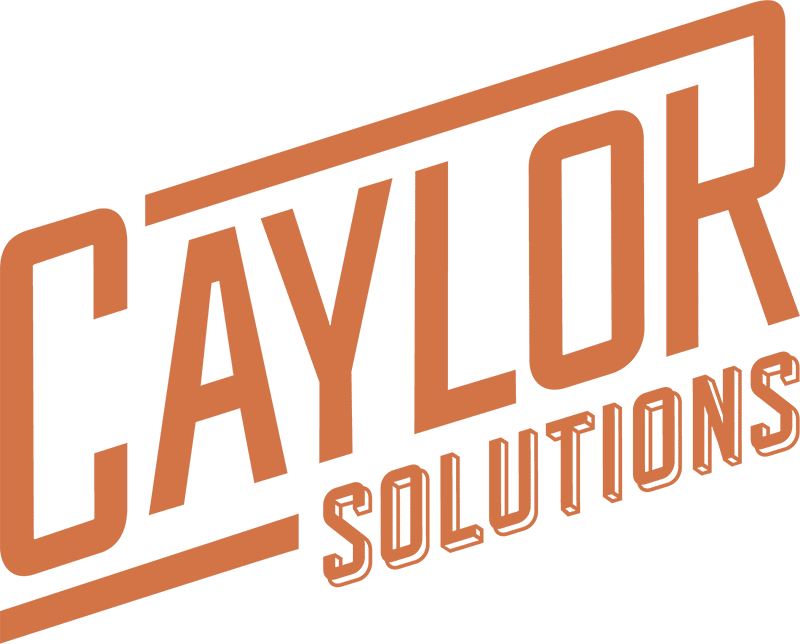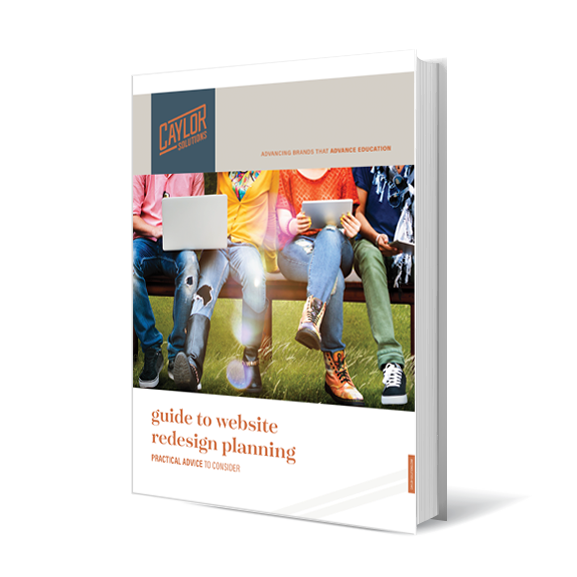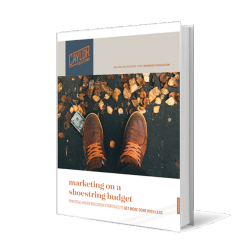Wait… Can I Take That Back?
We all probably have photos in the family album, whether digital or print, that we wish had never been taken and we hope never see the light of day. If it’s a print photo, it’s nothing that a match won’t take care of. But the reality of today’s digital environment is that anything placed on social media or a website is really there forever, even if we hit “delete.”
It is also easier than ever for your audience to fact check, making authenticity in social media for education even more important. Here are some guiding principles that we hope will help prevent your institution from wishing it had a social media or website “mulligan.”
The Pillars of Authenticity in Social Media for Education
- Be Real: There are certainly times when professionally done stock photos are appropriate. However, be sure, especially in social media for education, that you are using as many photos and videos of your own students, faculty and staff as possible. Real photos and video of real people tell a real story that is attractive and genuine and will resonate with your audience.
- Be Honest: While none of us would (hopefully) consider stating something that is untrue, it can be just as risky to be misleading, however good your intentions. Potential students (and especially your current students!) will sense if you are not representing your institution in an honest and authentic way. For example, the University of Wisconsin digitally modified a photo in their brochure to make their campus seem more diverse. While their desire to promote and reflect diversity was sincere, the method used to portray it was simply not honest.
- Be Yourself: Whether you’re an admissions counselor, marketing professional, or the president of your institution, it’s important that your true voice is heard. I was recently with a college president who asked me about being on social media. His marketing director was trying to put the institution in a more “hip” light by having the president’s copy include a style and slang that he doesn’t use. He was instinctively uncomfortable with this, and rightfully so. While there is nothing wrong with having someone write with you or for you, make sure that you have the editorial veto. If it does not truly reflect who you are, it will come across as disingenuous.
- Be Responsive: Let’s face it. In today’s digital climate, there will be mishaps, whether by the institution or by those interacting with it digitally. Always address these challenges head on. The “Ignore It and It Will Go Away” philosophy will only hurt you in the end. Although painful in the short run, dealing with controversy or mistakes with integrity and authenticity can actually improve your reputation in the long run.
You Can’t Fake Authenticity
Although you can and should put your best foot forward, when all is said and done, authenticity cannot be manufactured. It really is about communicating the distinctives of your institution in a way that accurately reflects your culture and gives prospective students true insight into who you are.
For more tips and marketing solutions, feel free to contact us today!
We work exclusively with private, independent schools, colleges, and universities like yours to increase your enrollment success through better marketing strategies.
Looking for Enrollment Marketing Content that Works?
You’re in luck! We’ve curated 25 awesome ideas inspired by top higher ed institutions across the country and put them in one handy guide: 25 Ideas for Great Admissions Content.

-
- 25 enrollment marketing content ideas you might never have considered before
- Guidance on how to use each one for best results
- Brief discussion on why they work to help you sell these ideas to your team
Get inspired.
Get enrollment results.
Get 25 Ideas for Great Admissions Content.
Download your copy today!
Photo courtesy of University of Delaware Alumni Relations(CC No Derivatives)












